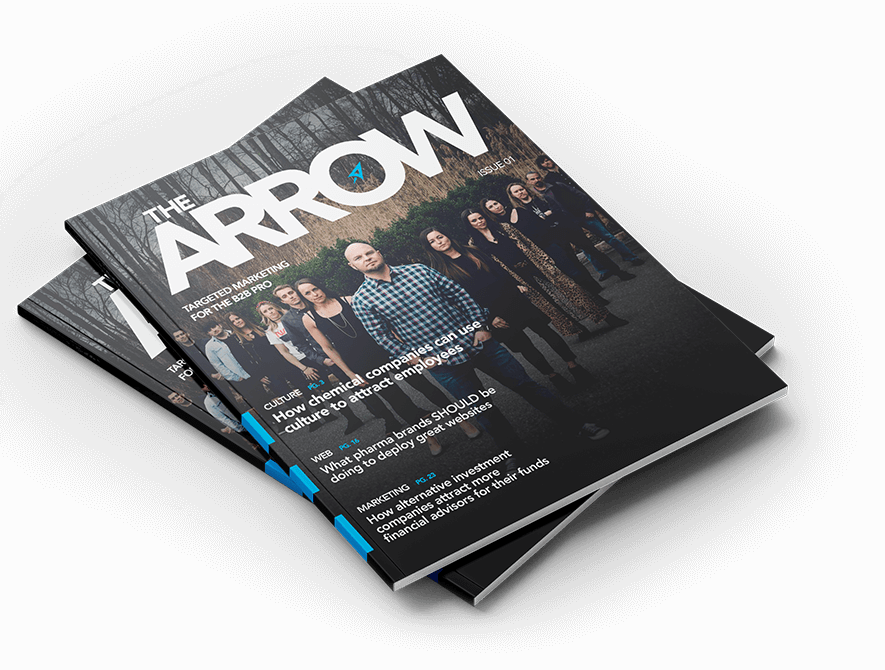Top 5 Website Design Myths, Busted!
Chris Mulvaney is the CEO of CMDS. I make things... I’m the creative entrepreneur with passion for (re)making brands and inventing solutions to problems no one knows exist.
There’s so much that goes into building a great website, both on the surface and ‘under the hood’. Successful website design not only showcases your brand, its products and services in the best possible light but it creates a site that is user-friendly, mobile-responsive and SEO-optimized.
Theories on how best to achieve web design success abound. Unfortunately, many of them are flawed–urban myths that if followed, can turn a brand’s website into a costly liability rather than the invaluable digital property it was meant to be.
Here are 5 of the top misconceptions when it comes to website design, busted.
1. If you build it, they will come.
(Also known as ‘success happens overnight’ and ‘this website is the solution to all our problems!’)
Yes, a killer website design is the centerpiece of any brand’s digital marketing strategy. Yet to view it as the be-all, end-all to your brand’s marketing success is a mistake. Your website may be the most amazing thing since sliced bread, but if you don’t create and implement an overall strategy to market your brand and the products or services you offer, no one is ever going to see it.
2. Good design is everything.
Don’t get us wrong—we’re a web design agency, and we believe that making your website look great is important. But the idea that snazzy colors, graphics and fonts can compensate for a lack of solid content is another myth that’s got to go.
“Design in the absence of content is not design, it’s decoration.”
– Jeffrey Zeldman, web design pioneer and author
Simply put, engaging content trumps good design every day of the week. It’s the most essential component of any website worth its salt. Without professionally-written content that addresses your audience’s wants, needs, fears or problems, why should they spend time on your site? Without content that’s written with an eye towards SEO, how can you expect them to find it in the first place?
3. More features = better website.
Just because you can doesn’t necessarily mean you should. You want your website to stand out from your competitors’ sites, but super-bold text, bright colors and (gasp) too many stock photos make your site memorable for all the wrong reasons.
The most successful websites keep the distractions to a minimum, and let the content speak for itself. They focus on providing an excellent user-experience, guiding visitors to the most important page elements, and allowing them to navigate quickly and easily. They’ll limit website images to photos that help communicate the true personality of the brand and the culture of their company. They make a call-to-action prominent so happy visitors can take the desired next step.
4. How you see your website is most important.
This may be a difficult one to swallow, but the fact is, your internet site is not for you. It’s for your customers, and your future customers. So everything about your webpage, from how it looks and feels to its functionality to the content it contains, needs to be geared to them. The trick is to give your audience what they want. A style that will resonate with them, a navigation that will appeal to them and imagery that will speak to them. Communicate with your audience in the way they want to be communicated with. Serve them up the information they want and need to know, not necessarily what you want them to see.
5. It’s done! End of story.
At the end of the website design process you should absolutely have a finished product that you are proud of. But the truth is, no website design is ever really final. For one, website content is not a ‘set it and forget it’ kind of an affair–your audience, not to mention the search engines, expect a steady stream of fresh content to keep them coming back. It’s also important to remember that trends in website design are forever evolving. So while you don’t need to ride every passing web design fad that comes your way, it’s important to revisit your site periodically. Make sure it’s still doing what you think it’s doing for your brand.




